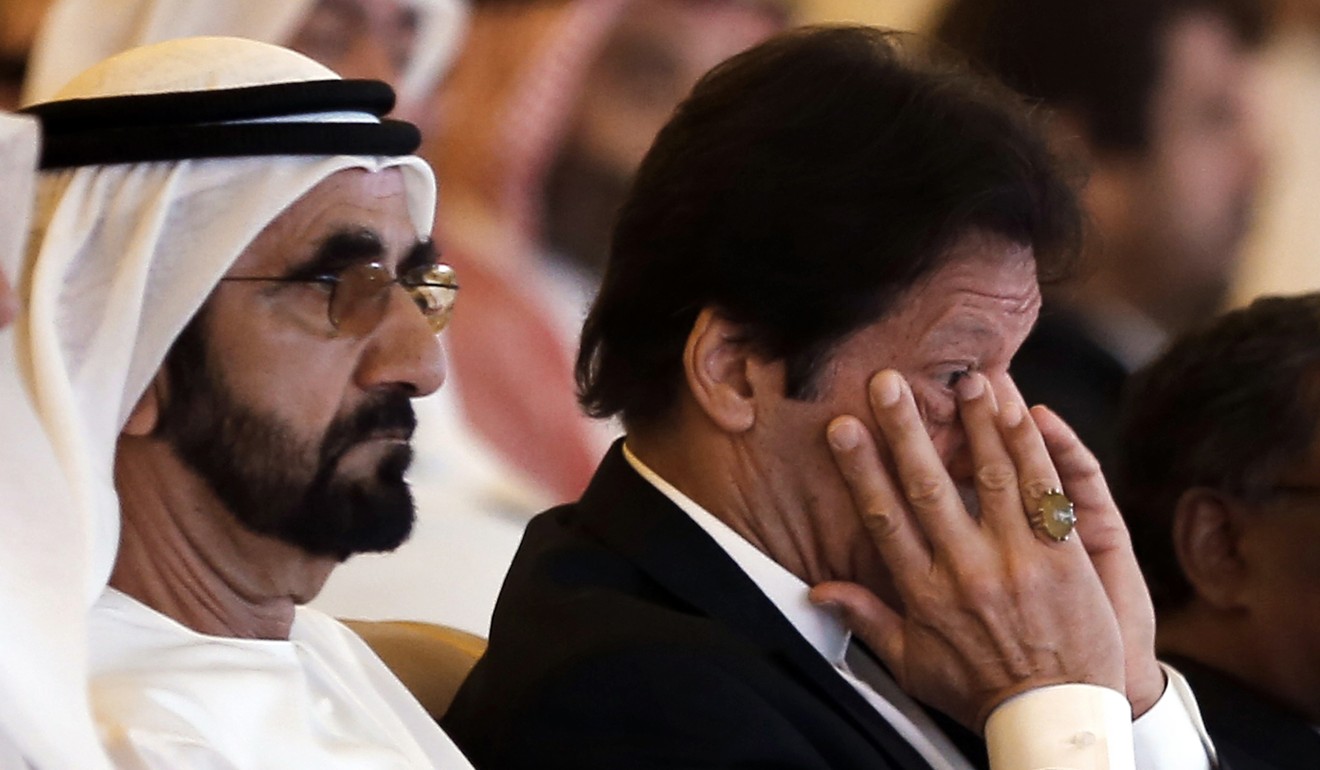
What Malaysia and Pakistan could teach both China and the US about the Belt and Road Initiative
- James Schwemlein says despite the differences in the two economies, Malaysia and Pakistan are both rethinking their involvement in China’s infrastructure plan
- The vulnerabilities in belt and road projects due to lack of transparency and local participation present opportunities for the US, he says
Watch: Malaysian Prime Minister says he is not anti-China
Malaysia and Pakistan are distinctive economies, highlighting the broad and diffuse nature of China’s outreach and the varied risks associated with its belt and road investments. Malaysia is a wayfaring nation, sitting astride the busiest shipping lane in the world. It runs a huge trade surplus, built from its participation in global supply chains and its large oil and gas reserves.
Pakistan runs a massive and persistent trade deficit, is heavily dependent on imported fuel and sits in the least economically connected region in the world.
Unless China takes steps to address governance and regulatory deficiencies in their client states, many could be at risk of becoming white elephants
Mahathir’s assertion of independence from Beijing began in his campaign, when he broke with his predecessor, Najib Razak, over corruption allegations involving state-owned companies and Chinese investments.
Khan’s decision to visit Mahathir early in his tenure, and alongside his first official visit to China, is surprising in the context of Mahathir’s recent controversial visit.
Nevertheless, the two leaders inherited analogous challenges to manage with China. Just like Mahathir who railed against the government of his predecessor, Khan strongly criticised the government of former prime minister Nawaz Sharif, who was disqualified from office in September 2017 for alleged corruption related to foreign contracts. Anti-corruption investigations continue against both Sharif and his brother, the former chief minister of Punjab.

Beijing should see the reactions of new governments in Malaysia and Pakistan as a warning that the belt and road projects could be at risk without a course correction. First, China must improve transparency and accountability standards, which should be consistent with Xi’s anti-corruption drive.
Second, Beijing must recognise that to the extent that its investments are conditioned on the use of Chinese workers or firms and crowd out local inputs, they will be difficult to sustain, particularly in democracies. Opening up space within belt and road investments for local and international private sector participation will improve their prospects for success.
Third, unless China takes steps to address governance and regulatory deficiencies in their client states, many could be at risk of becoming white elephants. The challenges will not stop at Malaysia and Pakistan – similar reviews are likely to take place in Indonesia, if presidential hopeful Prabowo Subianto is elected, the Maldives, and other states in the coming months.
Watch: Belt and Road Initiative explained
These examples highlight vulnerabilities in China’s economic rise, and present opportunities for the United States. First, ostracising states that accept Chinese investment or support is a mistake. Rather, the US should offer serious alternatives.
Third, the US needs to remain active and opportunistic across Asia. A successful competitive strategy requires vigilance, diligence and persistence. That the challenges are occurring in complicated democracies is a reminder of the underlying resilience of liberal institutions, even amid America’s crisis of confidence.
James Schwemlein is a non-resident scholar in the South Asia Programme at the Carnegie Endowment for International Peace and a consultant working for the World Bank

